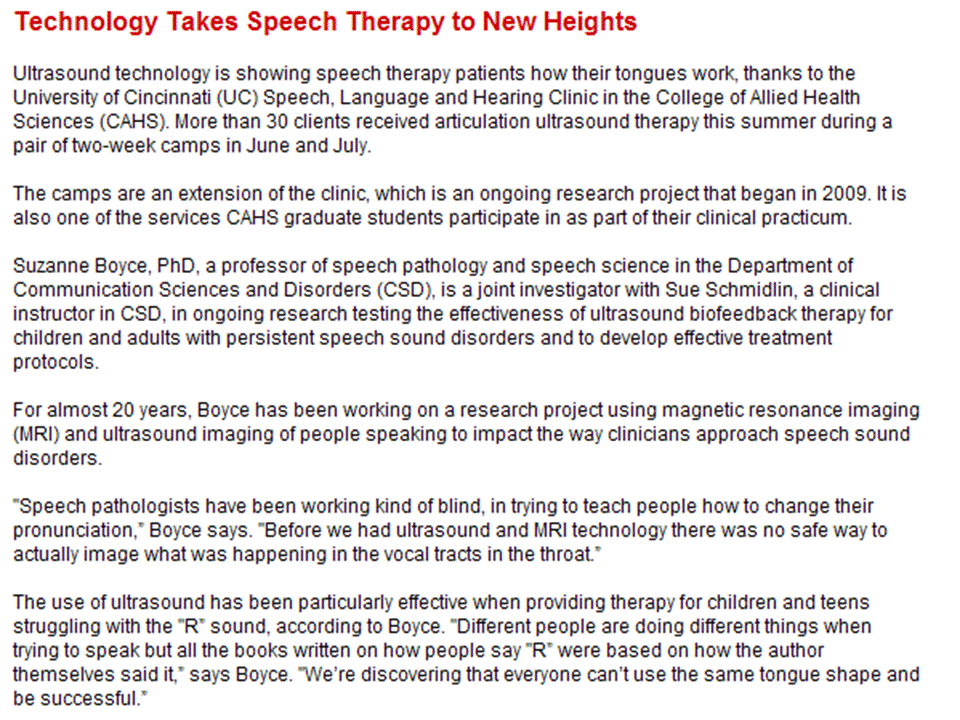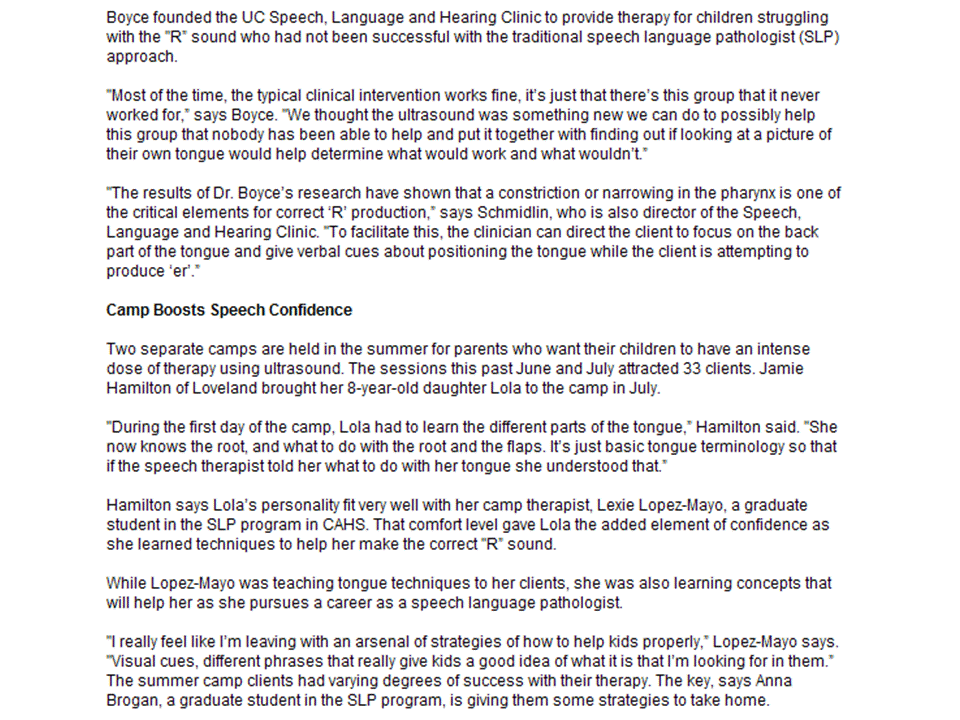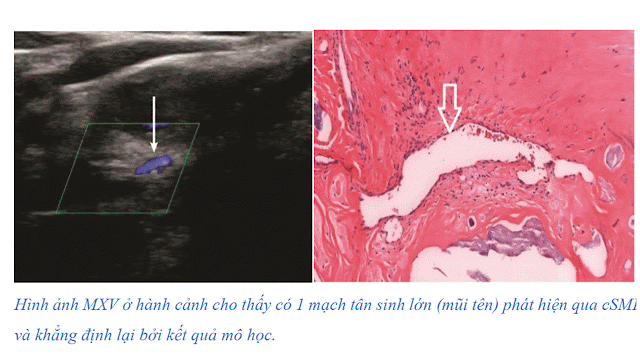DOWNLOAD theo link
vai-tr-siu-m-smi-trong-chn-on-u-gan-va-theo-di-iu-tr
vai tro sieu am SMI trong chan doan u gan va theo doi dieu tri
Vai
Trò Của Siêu Âm Tạo hình Vi mạch SMI
(Superb Micro-Vascular Imaging)
Trong Bệnh Lý Mạch Máu
I.
Đặt Vấn Đề:
Số
lượng bệnh nhân khám siêu âm mạch máu ngày càng nhiều. phát hiện bệnh lý mạch
máu và đánh giá huyết động chính xác là cần thiết cho lập kế hoạch điều trị.
Với
những tổn thương hẹp động mạch hay huyết khối tĩnh mạch, vai trò của siêu âm
Doppler trong khảo sát tái tưới máu của huyết khối và đánh giá tính không ổn định
của mảng xơ vữa được đặt ra. Điều này đòi hỏi phát hiện những mạch máu nhỏ, lưu
lượng dòng chảy thấp mà không sử dụng chất cản âm.
Với các mode siêu âm màu đã có ở các thế hệ máy
trước đây như siêu âm màu thường qui (Color Doppler), siêu âm màu năng lượng
(Power Doppler) và siêu âm màu dòng chảy động (Advance Dynamic flow) đã giúp
đánh giá sự phân bố mạch máu ngoại biên. Tuy nhiên hạn chế của các mode siêu âm
màu kể trên là khó khảo sát những mạch máu nhỏ có lưu lượng dòng chảy thấp và dễ
bị xảo ảnh do chuyển động (motion artifact) gây ra.
II.
Kỹ Thuật SMI (Superb Micro – Vascular
Imaging)
Với kỹ thuật SMI đã khảo sát được những mạch
máu rất nhỏ, có dòng chảy thấp, tỉ lệ khung ảnh và độ nét cao, giảm được xảo ảnh
gây ra chuyển động mô, có thể tạo hình mạch máu nhỏ hơn với tốc độ
dòng chảy thấp hơn mà không dùng chất cản âm. Ưu điểm này hứa hẹn là
kỹ thuật mới vô cùng hữu ích trong việc đánh giá sự phân bố mạch máu
trong các tổn thương bướu, đánh giá tái tưới máu huyết khối, đánh giá tân sinh
mạch trong mảng xơ vữa không ổn định.
SMI phân biệt được tín hiệu màu ngoại lai (do
motion artifact), lọc chính xác tín hiệu mạch máu rất nhỏ.
SMI bao gồm 2 mode:
• SMI
màu (cSMI): mạch máu tín hiệu thấp phổ màu.
• SMI
trắng-đen (mSMI): hình ảnh mạch máu độ nhạy cao hơn, nổi bật hơn do xóa tín hiệu
nền.
III.
Ứng Dụng Của SMI
1.
Khảo sát tân sinh mạch trong mảng xơ vữa động
mạch cảnh
Mảng xơ vữa (MXV) động mạch cảnh gây ra 30% các
ca đột quỵ, không phải do hẹp động mạch nhưng do bong MXV không ổn định. Y văn
khuyến cáo nên xem xét tính không ổn định của MXV khi đánh giá nguy cơ đột quỵ.
Ngoài đánh giá độ hẹp lòng mạch cảnh, cần xem xét các yếu tố khác như xuất huyết
trong MXV, tân sinh mạch trong mảng và lớp vỏ xơ mỏng có thể giúp cải thiện
phân tầng nguy cơ và kết cục của người bệnh.
Các kỹ thuật siêu âm không cản quang hiện nay
chưa tối ưu trong đánh giá MXV không ổn định. Ngay cả CTA chỉ đánh giá được độ
hẹp, mà không đánh giá được MXV không ổn định. Kỹ thuật SMI có thể nhận diện
tín hiệu chuyển động ngoài dòng máu và tách khỏi tín hiệu Doppler. Đặc tính này
làm SMI thu nhận được hình các dòng chảy chậm mà bị loại bỏ bởi độ lọc thành của
Doppler thường qui.
|
|
0
|
1
|
2
|
3
|
|
Siêu âm
|
Không có dòng chảy bên trong MXV
|
Dòng chảy nhỏ chỉ nhìn thấy trên SMI
|
Nhiều vị trí có dòng chảy nhìn thấy bằng SMI
và dòng chảy nhỏ nhìn thấy trên Doppler năng lượng
|
Dòng chảy ưu thế nhìn thấy trên SMI và
Doppler năng lượng
|
|
Bệnh học
|
Không có dòng chảy bên trong MXV
|
Vài dòng chảy nhỏ được nhìn thấy trong MXV
|
Mạch máu nhỏ và 1-2 mạch máu lớn hơn trong
MXV
|
Nhiều mạch máu lớn và nhỏ trong MXV
|
Bảng phân độ tân sinh mạch theo hình ảnh siêu âm và
kết quả mô học của MXV.
Khảo sát mốt số trường hợp tại Medic
2.
Khảo
sát tái tưới máu trong huyết khối, đánh giá hiệu quả xơ hóa tĩnh mạch hiển lớn
sau can thiệp nội mạch
Với tính năng làm giảm xảo ảnh do chuyển động, và
cho phép tạo hình dòng chảy tốc độ thấp, độ tương phản âm giữa huyết khối và
dòng chảy xung quanh giúp nhìn rõ huyết khối tĩnh mạch khi làm trên SMI so với
B-mode và Doppler màu truyền thống. SMI là một phương tiện hữu ích đánh gía huyết
khối, nhất là trong giai đoạn sớm sau khi hình thành huyết khối, để phác họa
kích thước và chiều dài huyết khối. Với huyết khối đang điều trị, SMI giúp đánh
giá dòng chảy tái thông với độ nhạy tốt hơn so Doppler màu qui ước.
Khảo sát tại Medic:
Đánh
giá huyết khối bám thành trong phình động mạch chủ bụng và biến chứng rò sau
stent graft động mạch chủ bụng.
IV.
Kết
Luận:
Thách
thức về mặt lâm sàng tồn tại trong việc phát hiện những mạch máu nhỏ, lưu lượng
dòng chảy thấp mà không sử dụng chất cản âm. Trong điều kiện đó, kỹ thuật SMI ra đời, với
những tính năng như tạo được hình ảnh dòng chảy tốc độ thấp, độ phân giải cao,
hạn chế tốt xảo ảnh do chuyển động, tốc độ khung hình cao. Nhất là kỹ thuật này
có thể tạo hình mạch máu nhỏ hơn với tốc độ dòng chảy thấp hơn mà không dùng chất
cản âm. Với những ưu điểm này, kỹ thuật mới hứa hẹn nhiều tiềm năng trong sử dụng đánh giá tái tưới máu.
Tài liệu tham khảo
1. Tokodai K, Miyagi S, Nakanishi C, Hara Y,
Nakanishi W, Miyazawa K, Shimizu K, Goto M, Kamei T, Unno M. The utility of
superb microvascular imaging for monitoring low-velocity venous flow following
pancreas transplantation: report of a case. J Med Ultrason (2001). 2018
Jan;45(1):171-174
2. Oura K, Kato T, Ohba H, Terayama Y. Evaluation
of Intraplaque Neovascularization Using Superb Microvascular Imaging and
Contrast-Enhanced Ultrasonography. J Stroke Cerebrovasc Dis. 2018 Sep;
27(9):2348-2353
4. Canon Medical. Ultrasound Clinical Case Study Portal Vein
Thrombosis



























